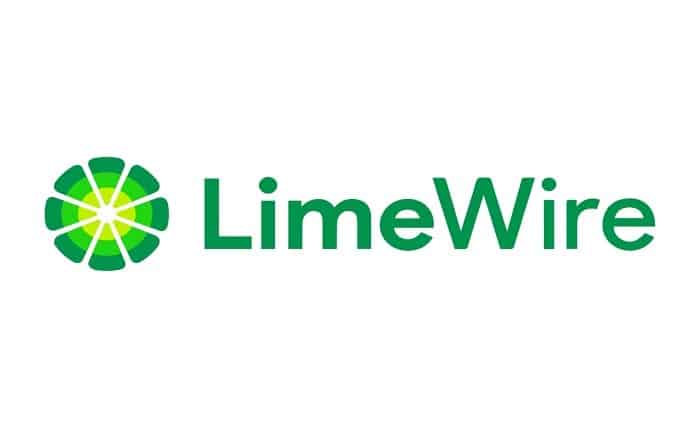Introduction
LimeWire, a name synonymous with early 2000s file-sharing, left a significant mark on internet culture. This blog post delves into the platform’s history, its controversial shutdown, and its unexpected comeback, illustrating its impact on both past and contemporary digital landscapes.
The Rise of LimeWire
LimeWire first launched in 2000, quickly becoming one of the most popular peer-to-peer (P2P) file-sharing platforms. It allowed users to easily download and share music, videos, and other files, revolutionizing access to digital content.
The P2P Technology Behind LimeWire
At its core, LimeWire utilized the Gnutella network, a decentralized P2P network that enabled the sharing of files among millions of users worldwide. This technology was pivotal in the spread of digital media, setting a precedent for future file-sharing applications.
Legal Battles and Challenges
LimeWire faced significant legal challenges during its peak years. Major music labels and artists accused it of facilitating copyright infringement, which led to numerous lawsuits. The legal pressures ultimately shaped the platform’s operational strategies and its standing in the digital community.
The Shutdown of LimeWire
In 2010, LimeWire’s operations came to a halt after a court injunction favored the music industry’s claims of copyright infringement. This shutdown marked the end of an era for one of the most influential file-sharing services.
The Impact on the Music Industry
LimeWire’s existence and subsequent shutdown had a profound impact on the music industry. It forced a reevaluation of copyright laws, digital distribution, and artist compensation, influencing how music is produced and consumed today.
Lessons Learned from LimeWire
The story of LimeWire offers crucial lessons about digital distribution and copyright. Its journey from a thriving service to a legal pariah highlights the complex dynamics between technology and copyright law.
The Resurgence of LimeWire
In recent years, there have been talks of LimeWire making a comeback, this time as a legitimate platform adhering to copyright laws. This resurgence reflects the ongoing evolution of digital platforms in adapting to legal and market demands.
LimeWire’s Influence on Modern File-Sharing
LimeWire’s legacy can be seen in many of today’s file-sharing practices. Its influence persists in modern platforms, which now incorporate more sophisticated measures to ensure copyright compliance and user security.
What LimeWire Teaches Us About Digital Innovation
LimeWire’s history teaches valuable lessons about innovation in digital technology. It shows how platforms can push the boundaries of what’s possible, yet also underscores the need for responsible innovation respecting legal boundaries.
The Nostalgia Factor
For many, LimeWire invokes a sense of nostalgia for a time when digital content was just becoming widely accessible. This emotional connection highlights the cultural impact of technological platforms beyond their practical applications.
The Future of Digital Sharing
As we look forward, the lessons learned from LimeWire’s saga will undoubtedly influence future digital sharing platforms. The balance between innovation, copyright compliance, and user convenience continues to shape the digital landscape.
Conclusion
LimeWire’s journey from a pioneering file-sharing service to a cautionary tale and its potential resurgence offers a unique perspective on the evolution of digital media platforms. As we move forward, remembering the lessons from LimeWire’s past will be crucial in navigating the future of digital content distribution.
FAQs
1. What was LimeWire? LimeWire was a popular peer-to-peer file-sharing software that allowed users to download and share files over the internet.
2. Why did LimeWire shut down? LimeWire was shut down in 2010 following a court order that found it responsible for facilitating massive copyright infringement.
3. Is LimeWire coming back? Recent developments suggest that LimeWire might be making a comeback as a platform that complies with copyright laws, though it will differ significantly from its original form.
4. How did LimeWire impact the music industry? LimeWire significantly impacted the music industry by changing how music was distributed and consumed, which led to shifts in copyright laws and artist revenue models.
5. What can we learn from LimeWire? LimeWire teaches important lessons about the balance between technological innovation and copyright compliance in the digital age.
